- Aging
- Anti-aging
- Dry skin
Dry skin vs. Dehydrated skin
It might sound like the same thing but these are very different skin conditions. They need to be treated differently and we need different products for dry vs. dehydrated skin. The biggest difference between dry and dehydrated: dry skin needs oil, dehydrated needs water. If you have dry skin, this is a genetic condition and most likely you’re experiencing: tightness and uncomfortable dryness right after you take a shower or wash your face, your pores are most likely small, and you don’t have congestion or acne. Often times you feel like most products just aren’t “enough” for your skin and most products absorb quickly on contact. You can also be dry AND dehydrated which is probably the most unpleasant condition. In that case, you're already dry skin will experience flakiness and irritation. So here are some tips for treating DRY skin:
- Use mild, creamy/ oil-based cleansers in order to not strip your skin down of oils, which often times come during cleansing
- I recommend cleaning your skin at night but in the morning, just rinse with water or even better, spray with toner that contains humectants (like sodium PCA or glycerin)
- Exfoliate; you might think that this is a harsh thing to do for dry skin but using a mild low level lactic acid serum will gently exfoliate while hydrating. If you have never exfoliated before, start twice a week until you work up to daily use. The benefits of mild exfoliation for any skin types, even dry, are huge
In order to keep your natural and additional oil on your skin it is important to use a combination of emollients, humectants, and moisturizers and serums with heavy occlusive ingredients.
Emollients are lubricating thickeners that can prevent water loss. For example, plant oils such as pomegranate, marula, rosehip, etc. and ingredients like lanolin and palmitates. Humectants are ingredients that have the ability to attract water from the environment or air into your skin. Some of the best humectants are sodium PCA, hyaluronic acid, honey, lactic acid, and sorbitol glycerin. Occlusive ingredients have the ability to create a film over your skin in order to prevent water loss and add additional oils into your skin. Occlusive ingredients usually consist of heavy waxes, oils, and silicones. Some examples are shea butter, beeswax, lecithin, cholesterol, and dimethicone.
DEHYDRATED SKIN
Any skin type can be dehydrated. You can be oily, congested, combination, and yes dry skin too can be dehydrated (a very unpleasant condition). In other words, any skin type can lose water. Even if you are oily and congested, your skin can feel parched even while your skin is visibly oily. Tips for treating dehydrated skin:
- Exfoliate. Lactic acid is a perfect exfoliant for all skin types. When it comes to oily and acneic skin types you should add additional acids to your daily routine, like glycolic and salicylic acid. However, keep using lactic acid on a regular basis because as we discussed above, it’s an excellent humectant.
- Once when your skin is mildly exfoliated, use humectants and emollients to keep water in. Choose products that hydrate without clogging your skin. Avoid heavy occlusive ingredients like shea butter and beeswax.
Additional reasons that your skin can become dry is a drop in estrogen levels/drops in hormones as we get older. Uses of certain types of medications can l also make your skin drier. In order for our skin to be healthy and vibrant we need both oil and water in the right ratios. Just to summarize, dry skin needs oil, dehydrated skin needs water. When our skin contains both in the right amounts, our skin is even toned, plump, and glowing.
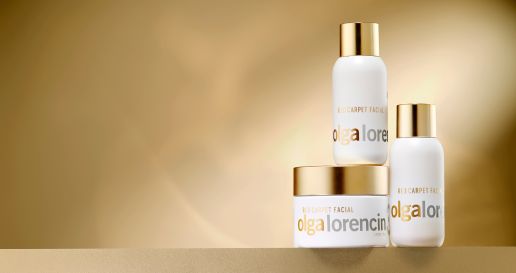
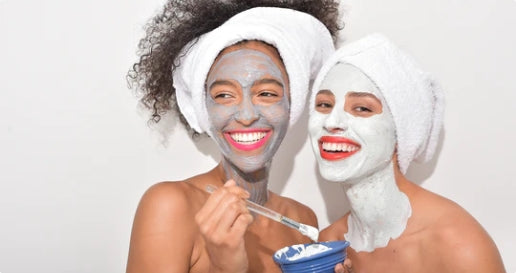
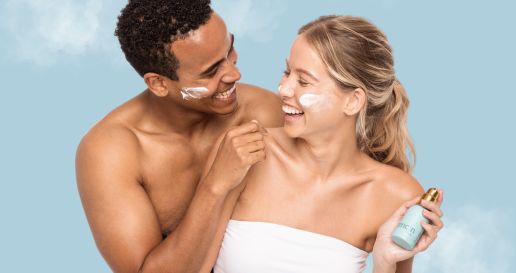

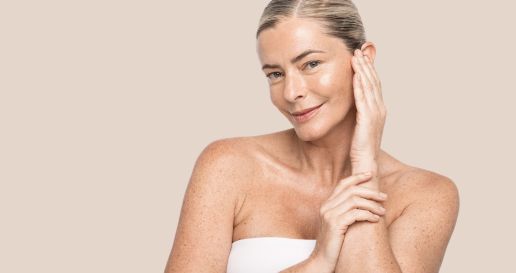
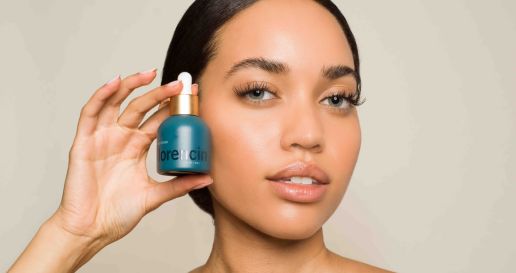
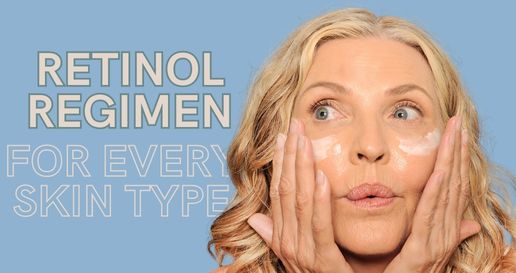
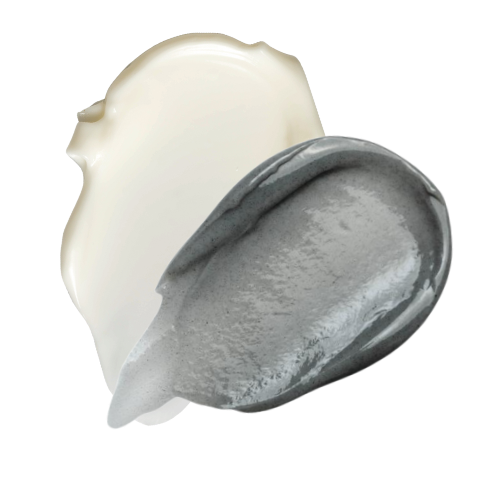
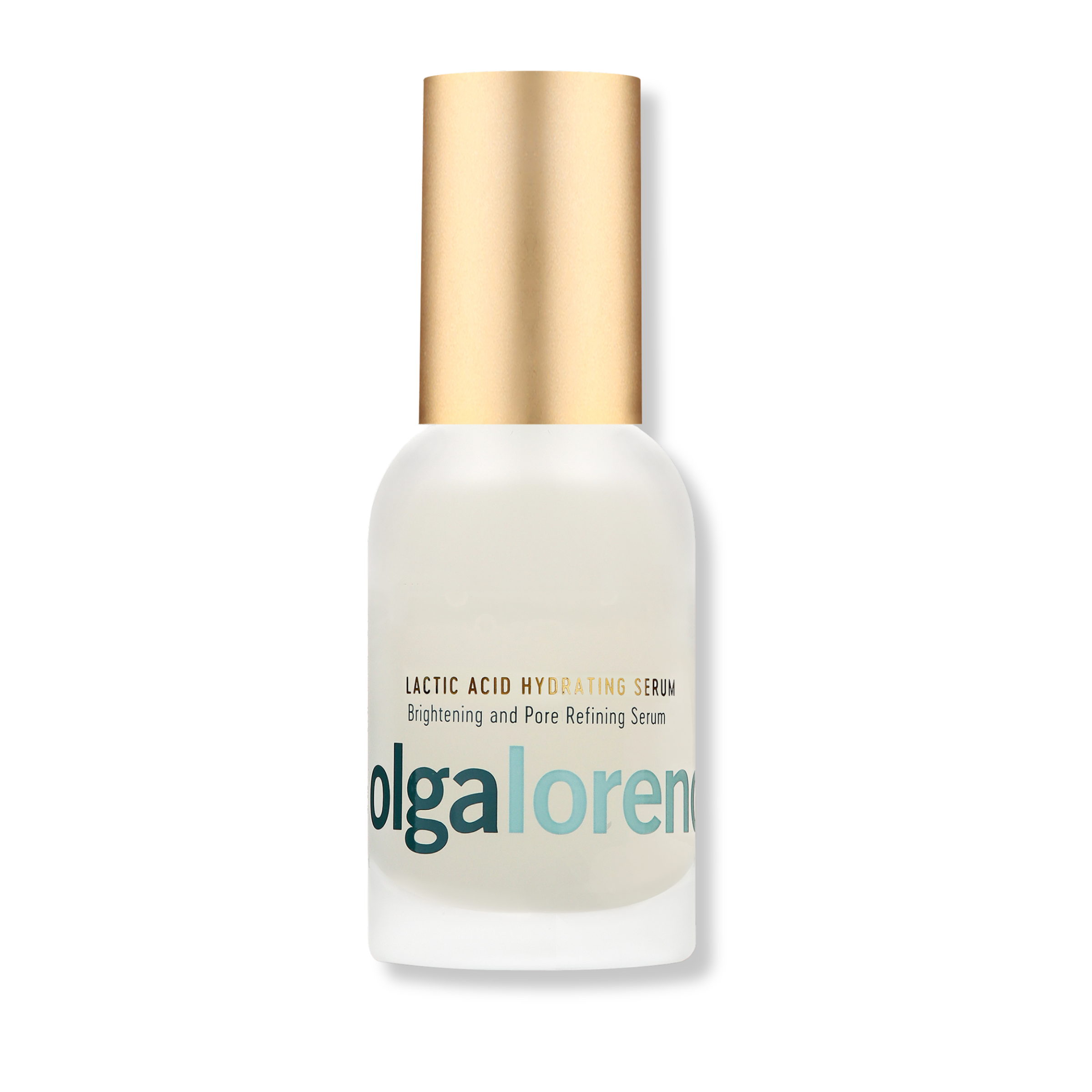
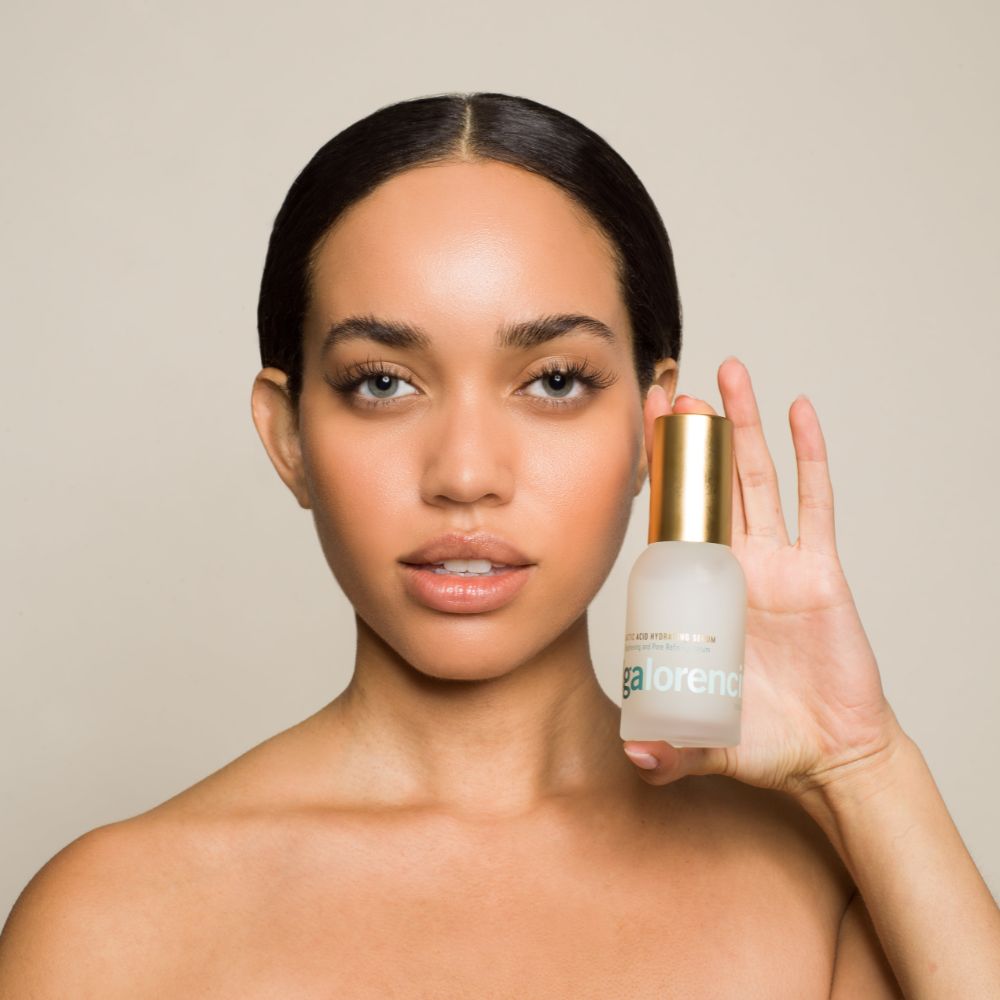
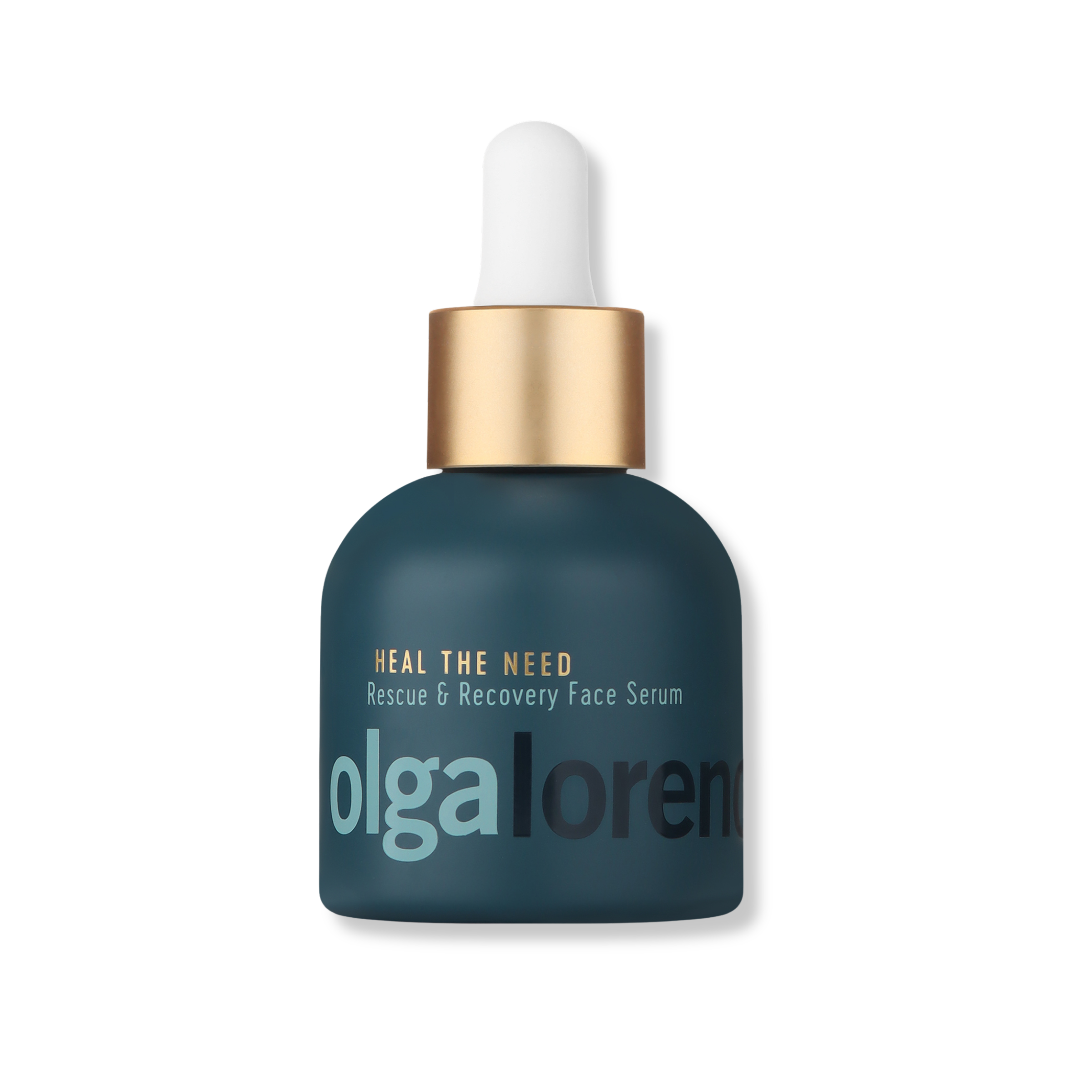
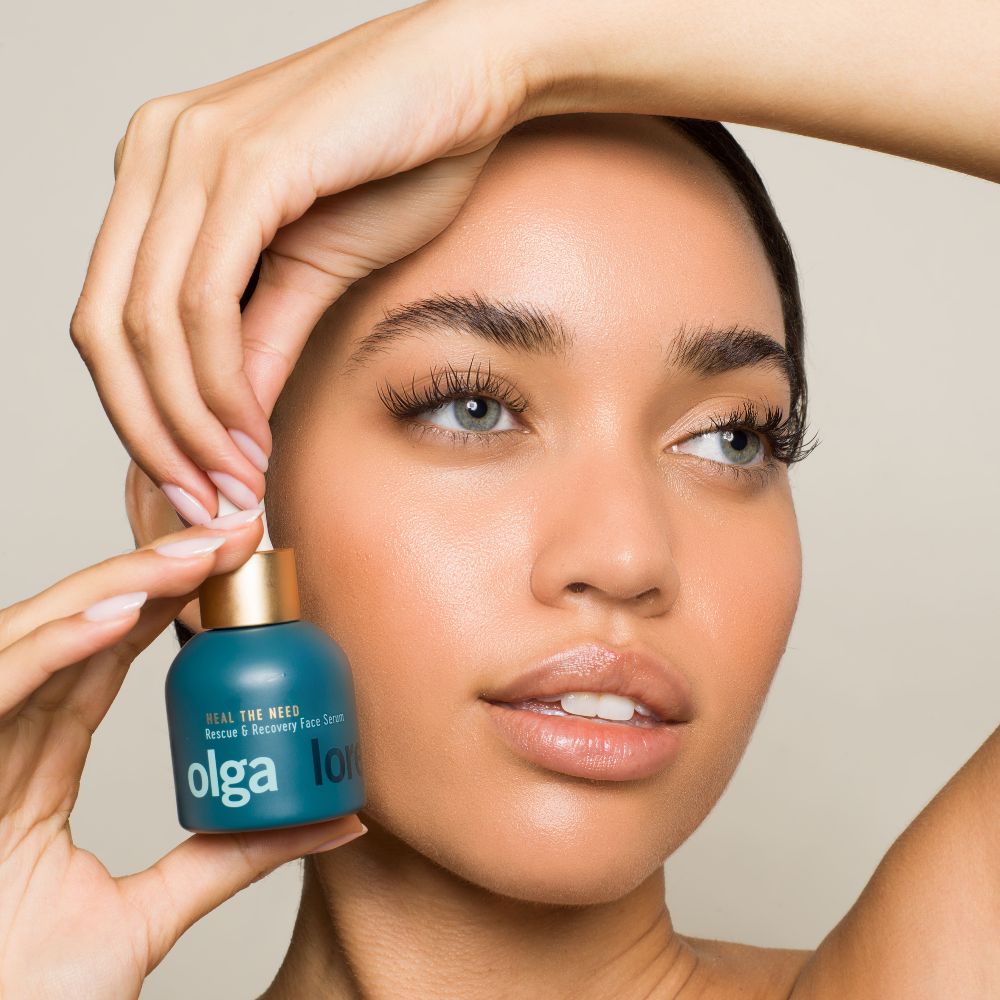
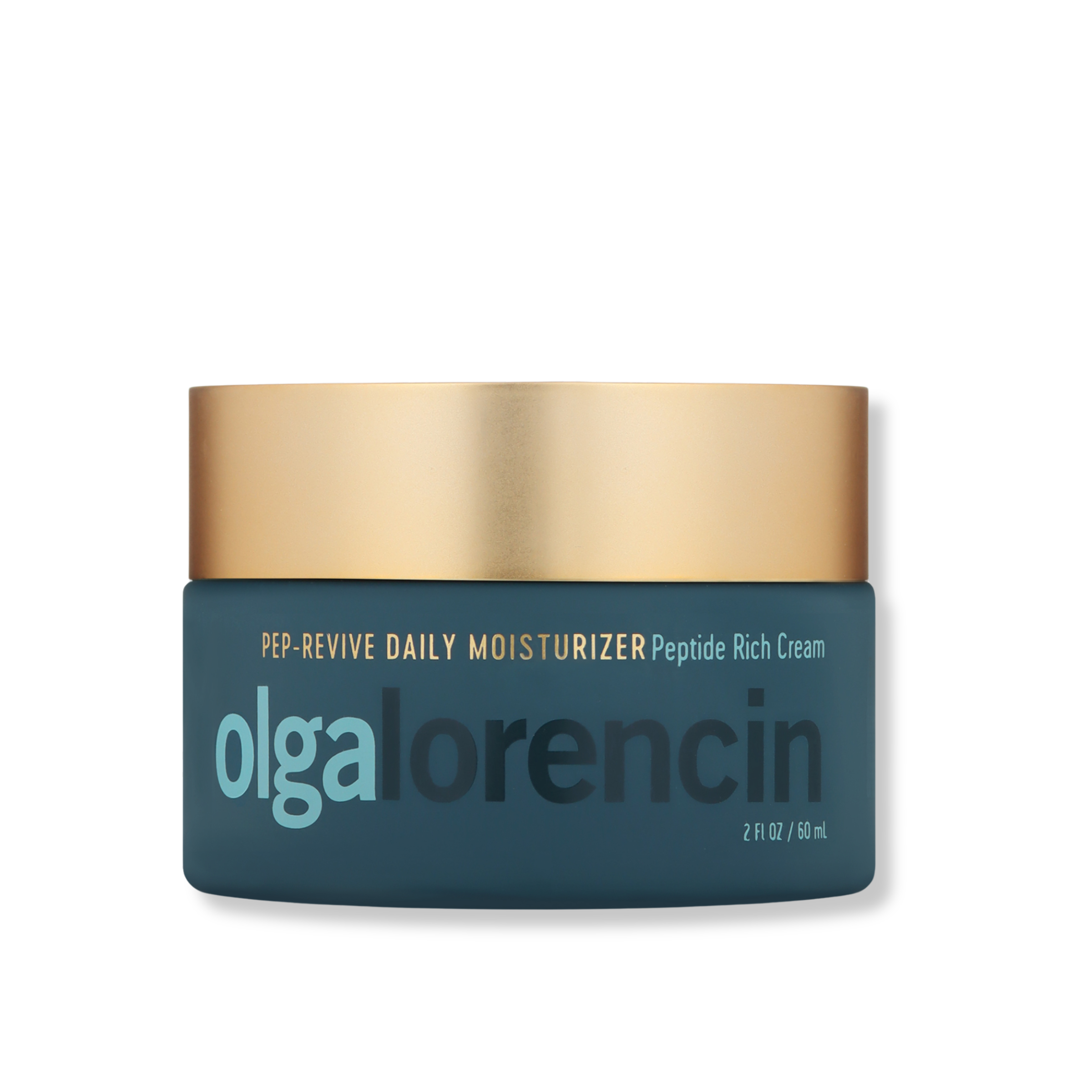
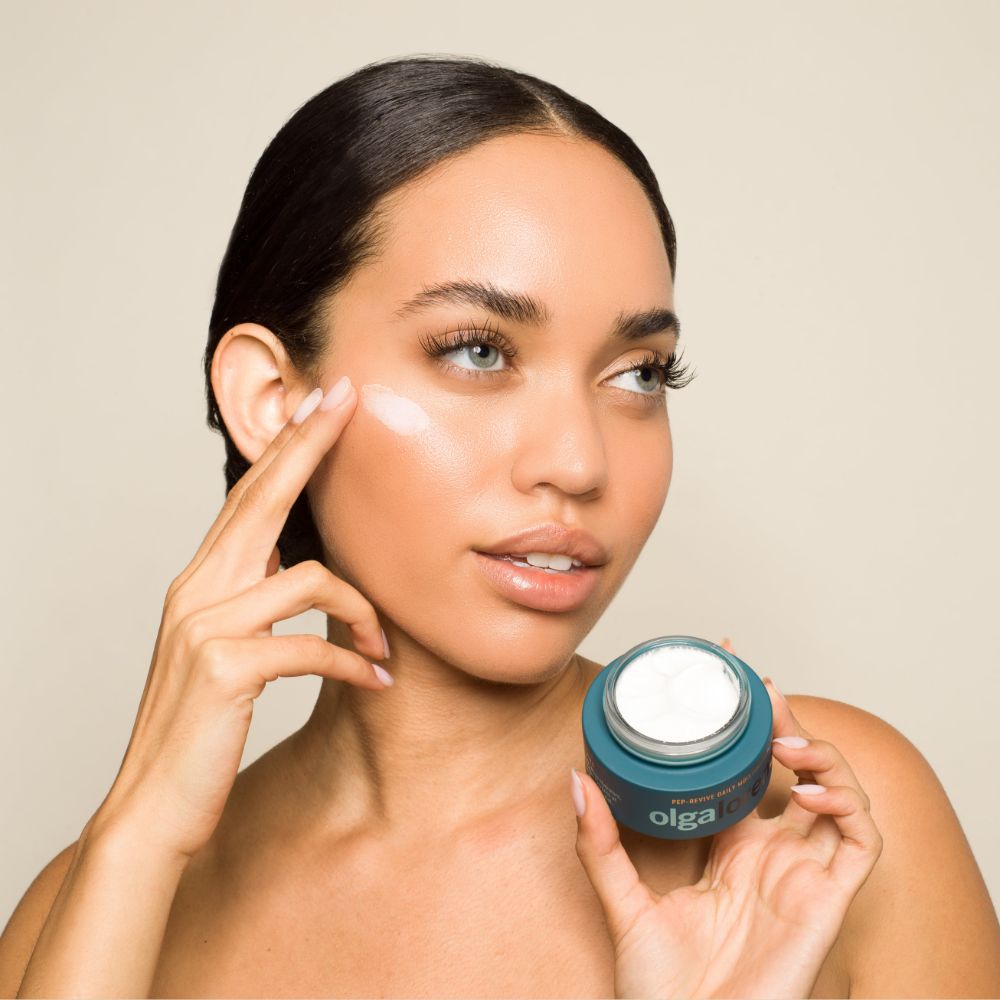
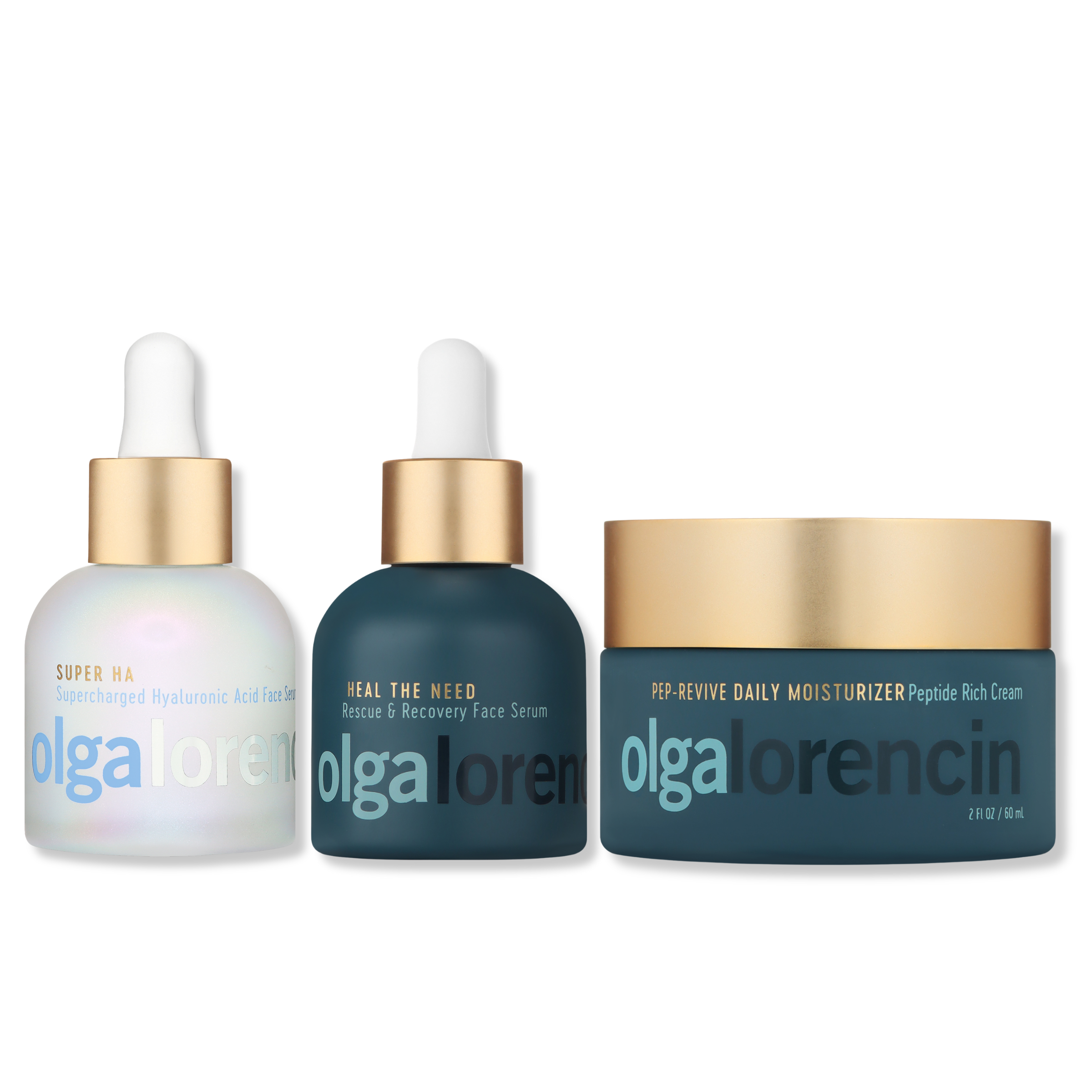
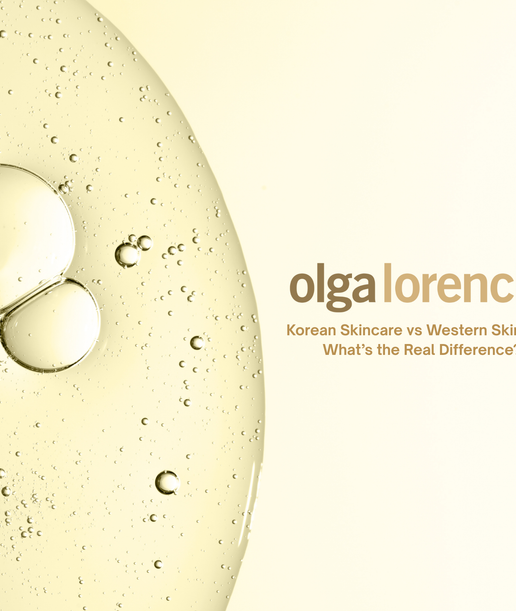
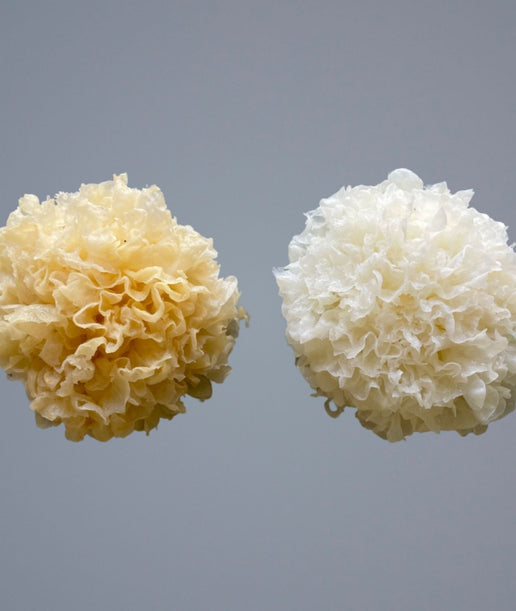
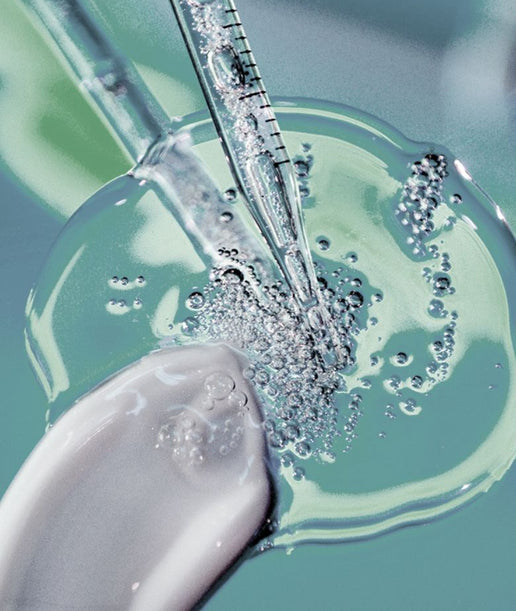
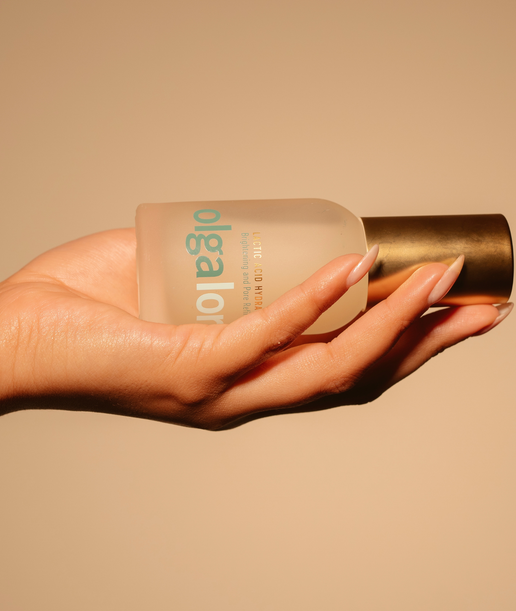
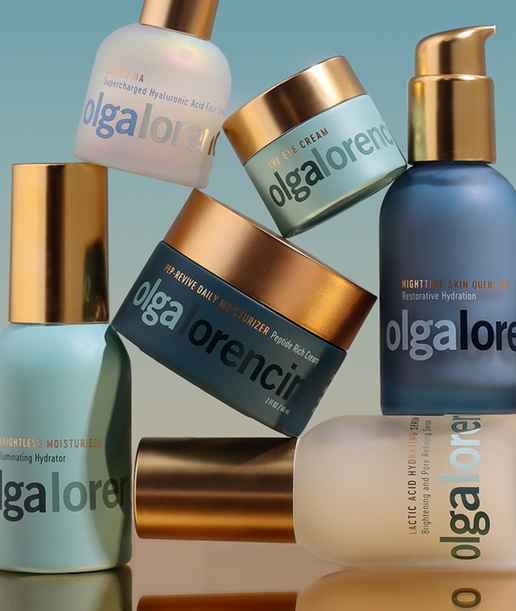
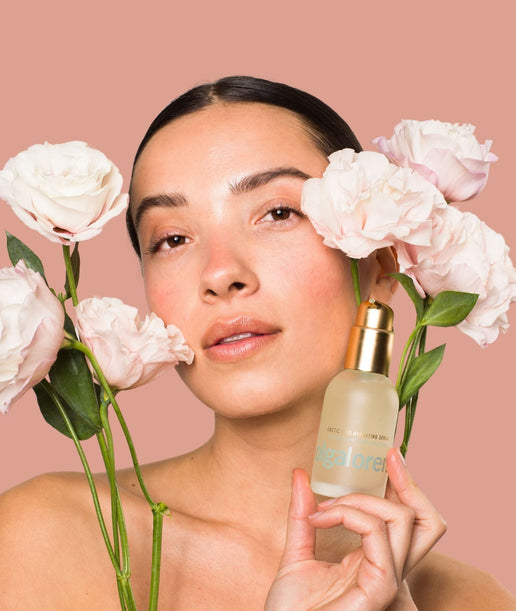
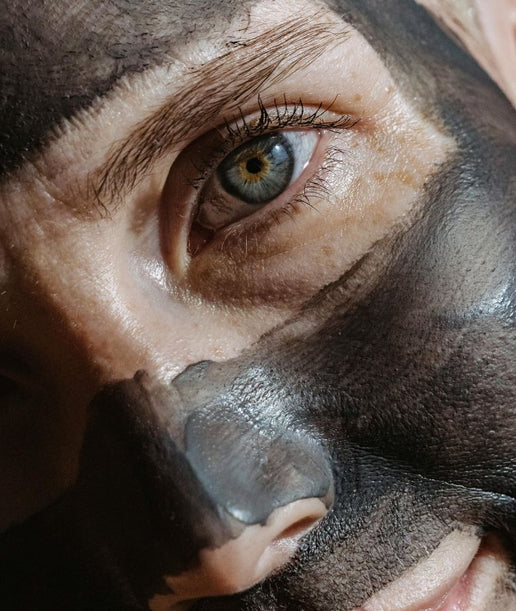
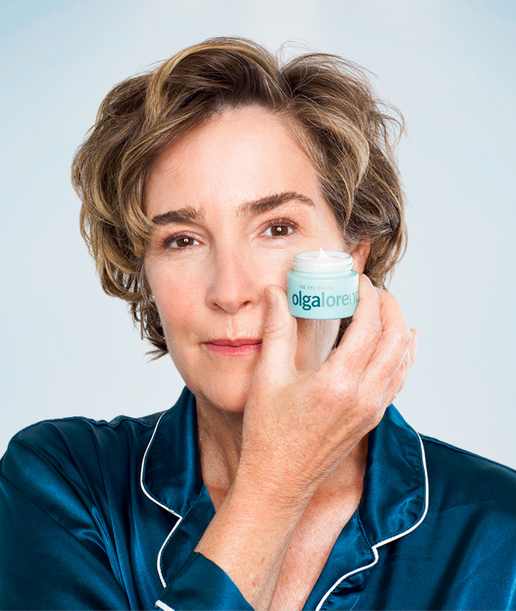
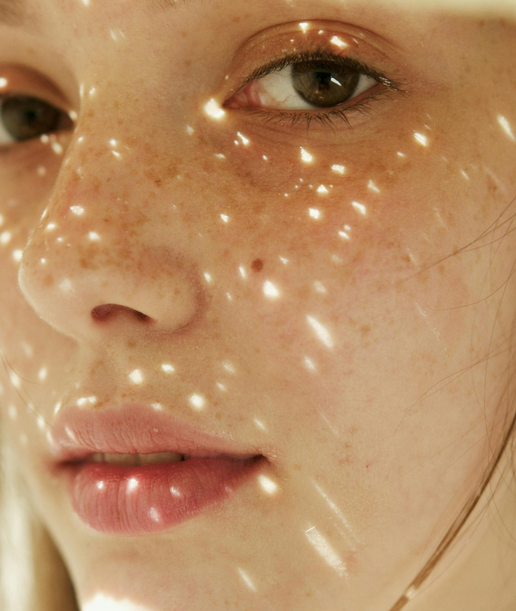

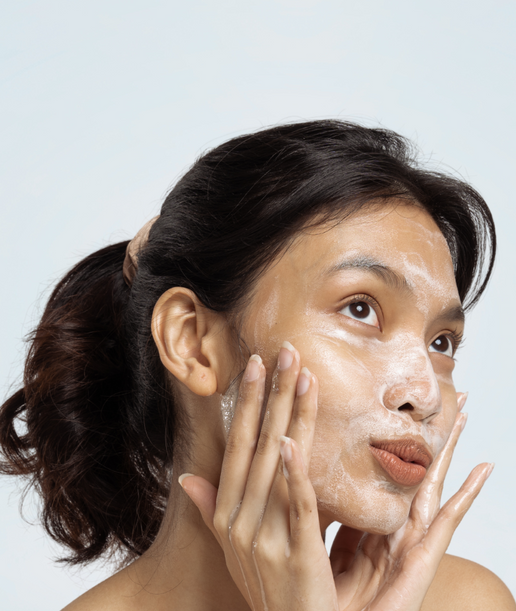
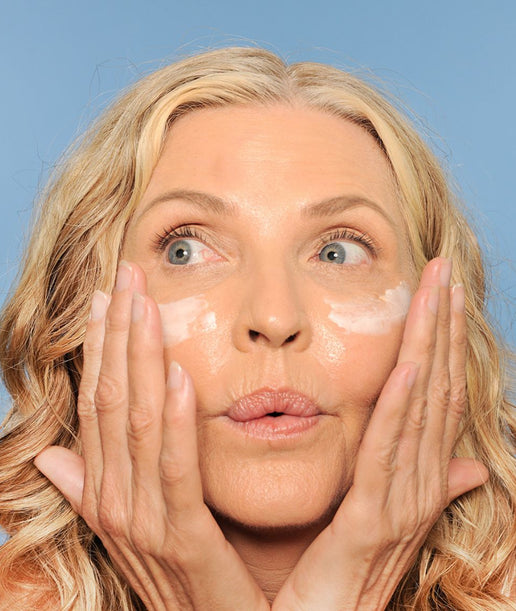
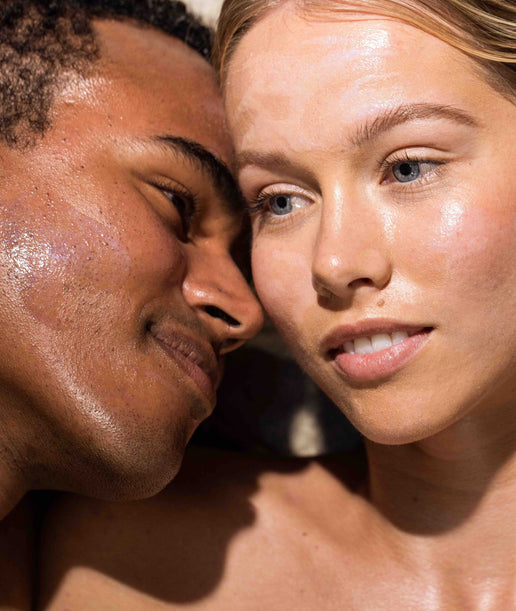
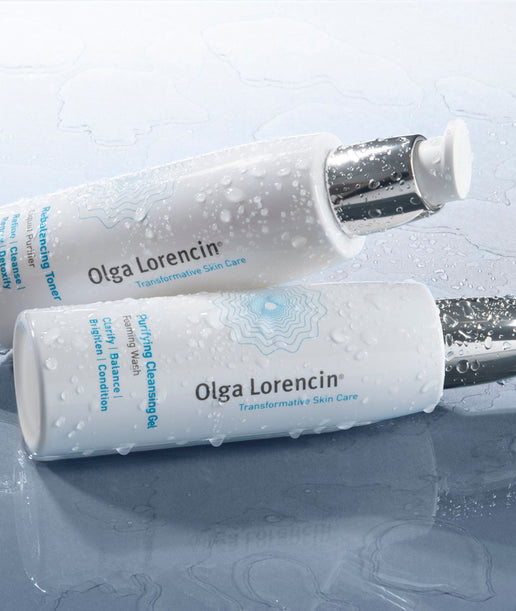
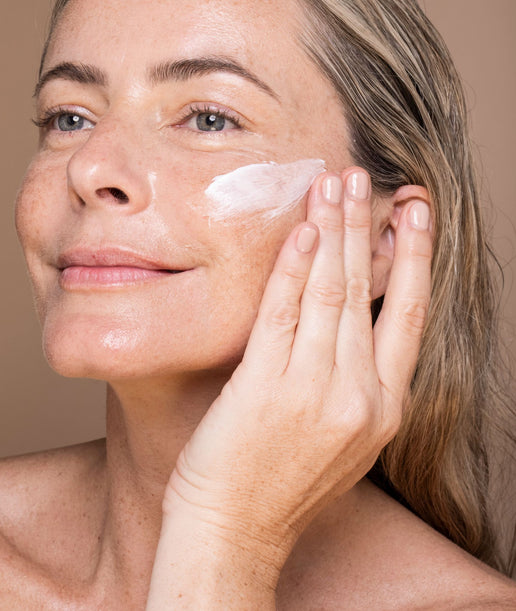
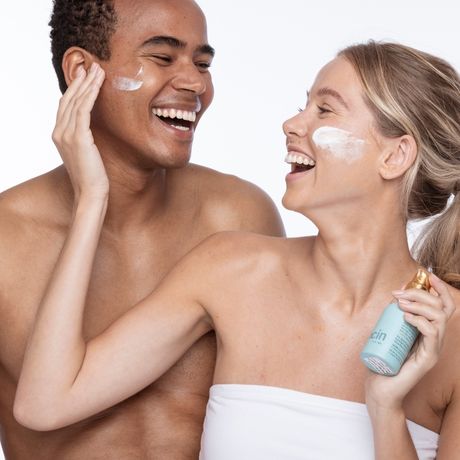
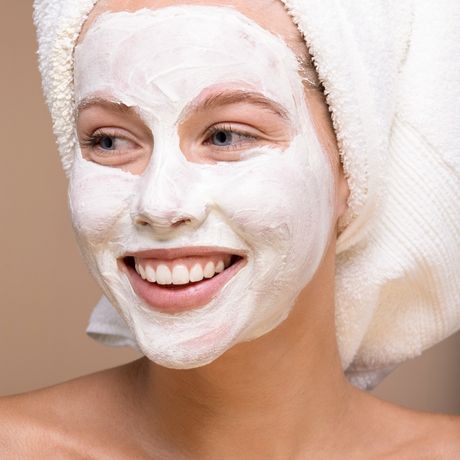
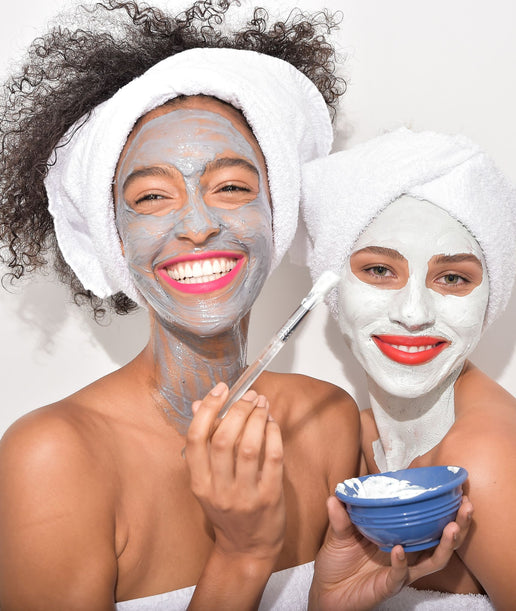

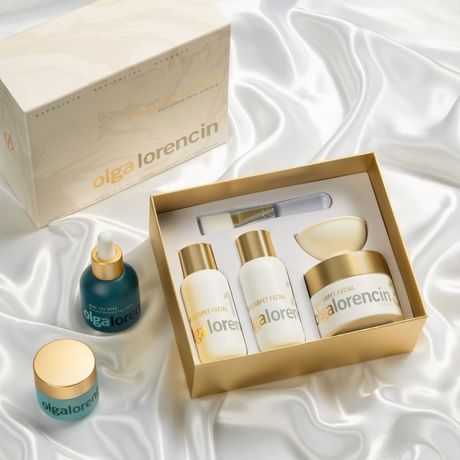
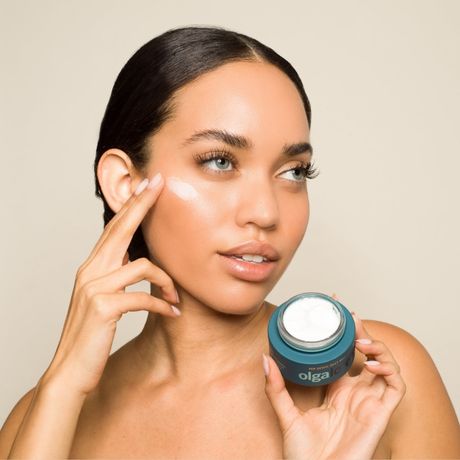
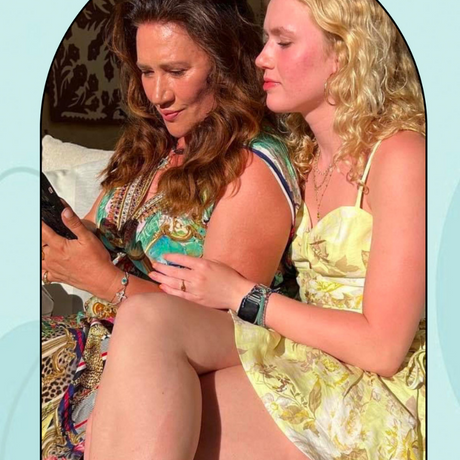
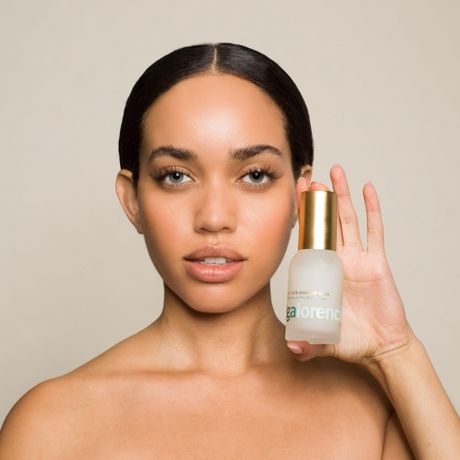
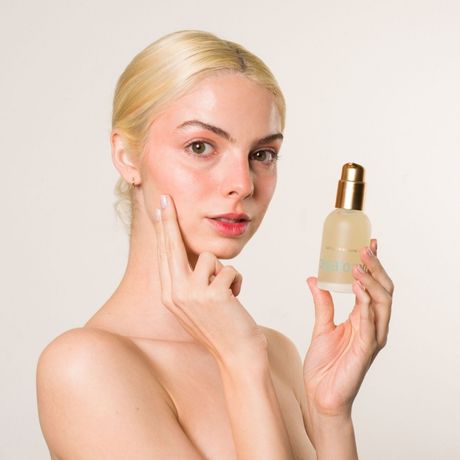

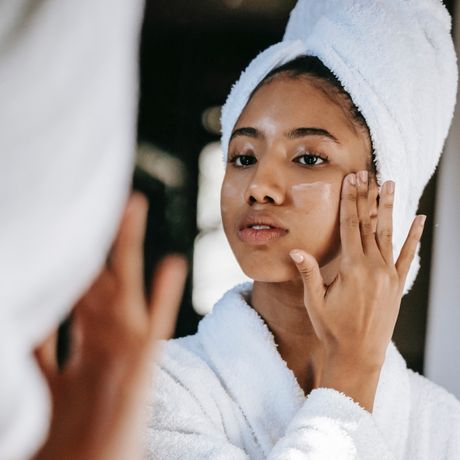
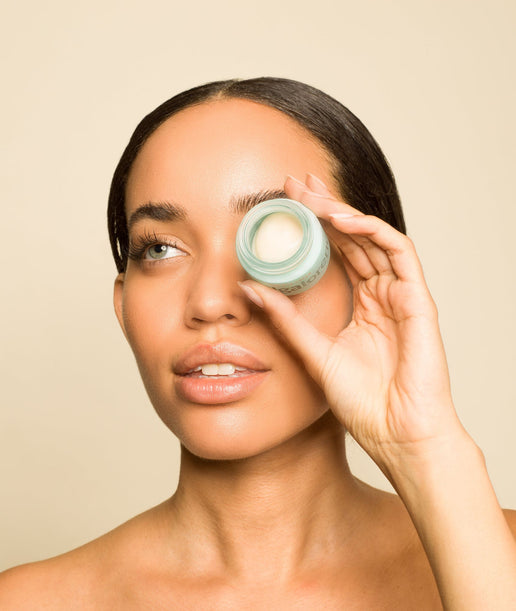

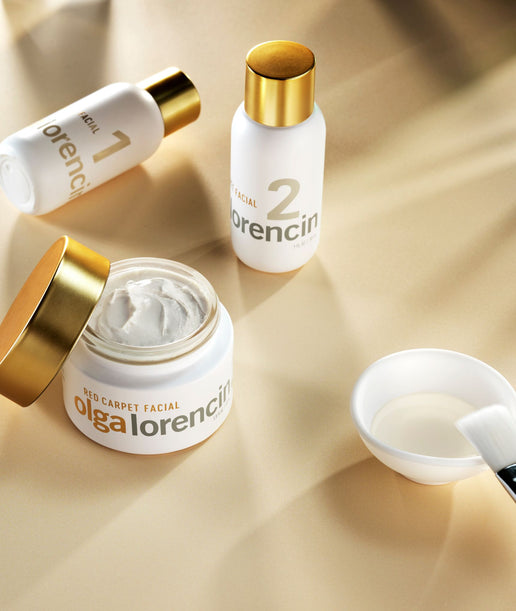
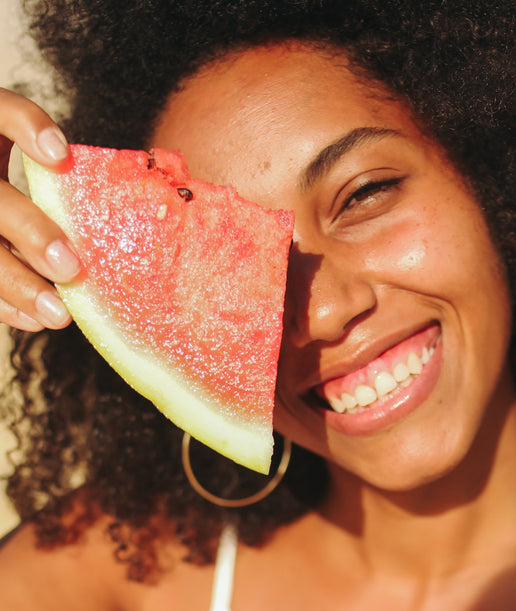
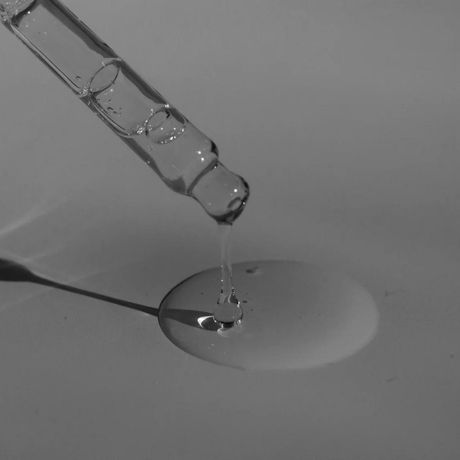

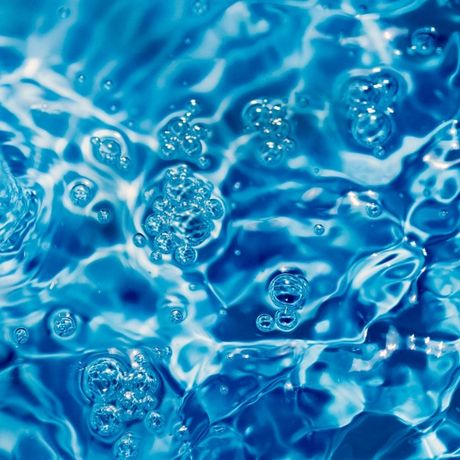
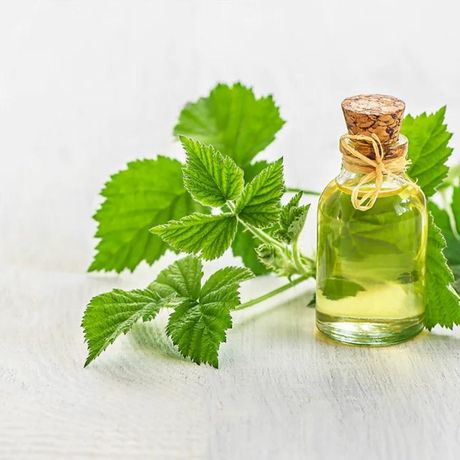
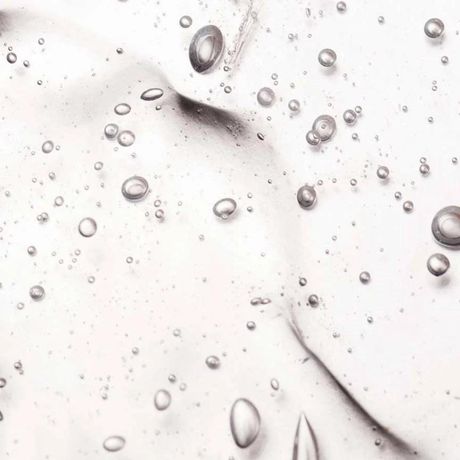
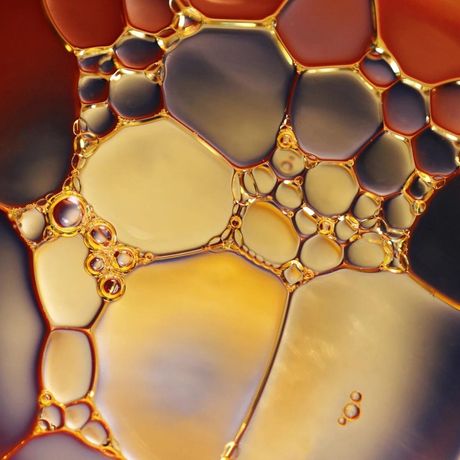
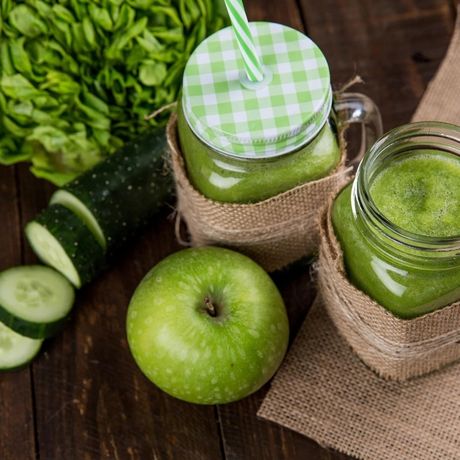
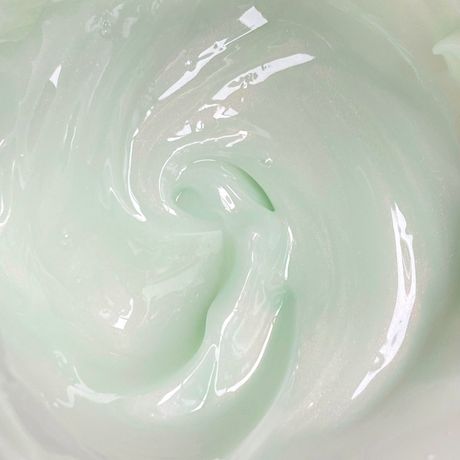
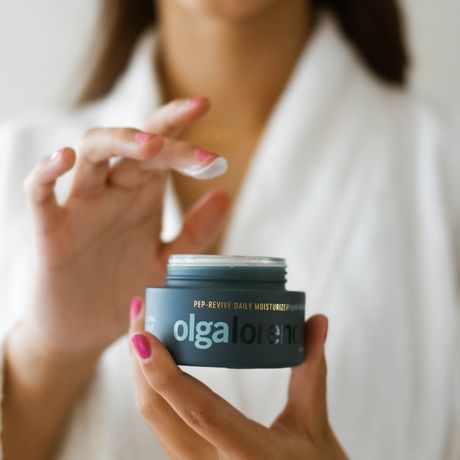
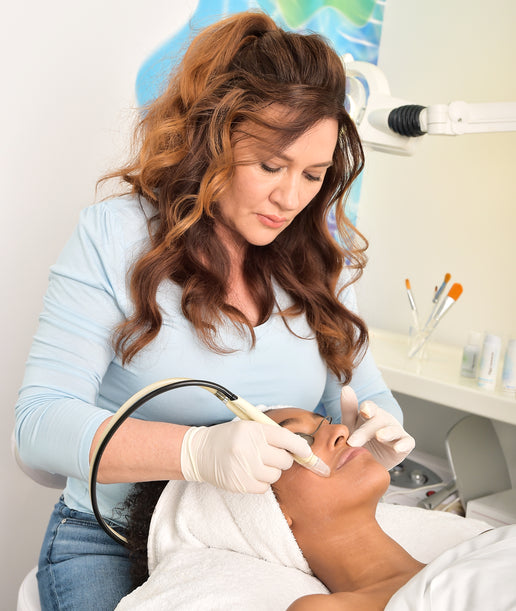
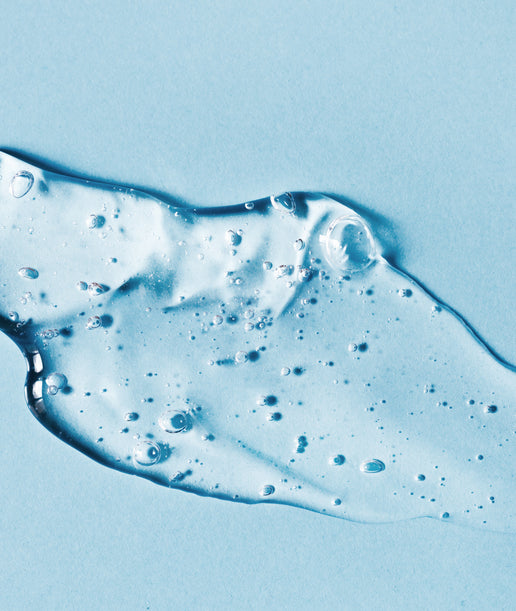
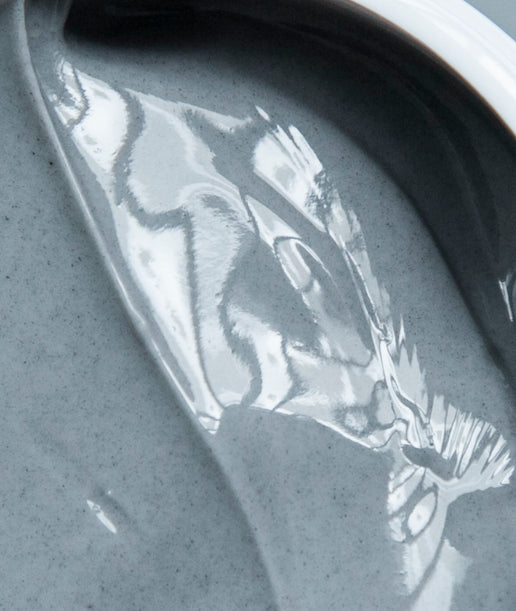
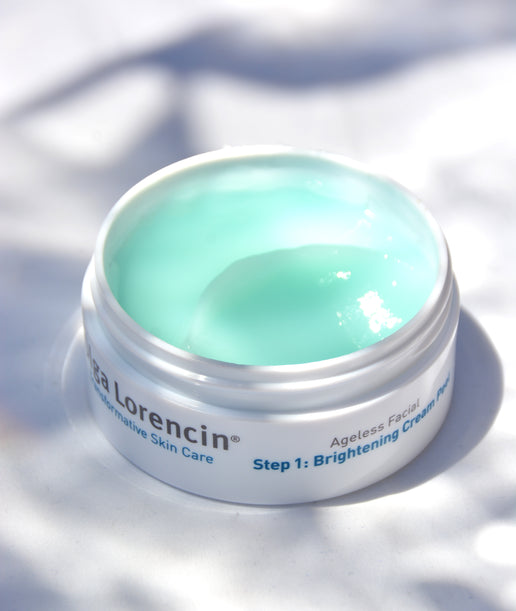
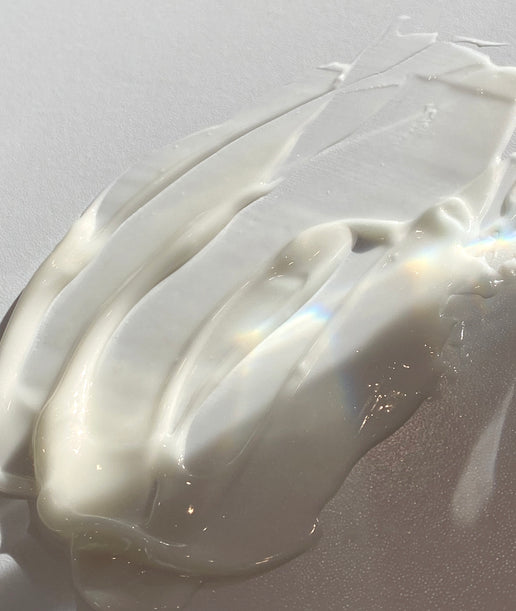
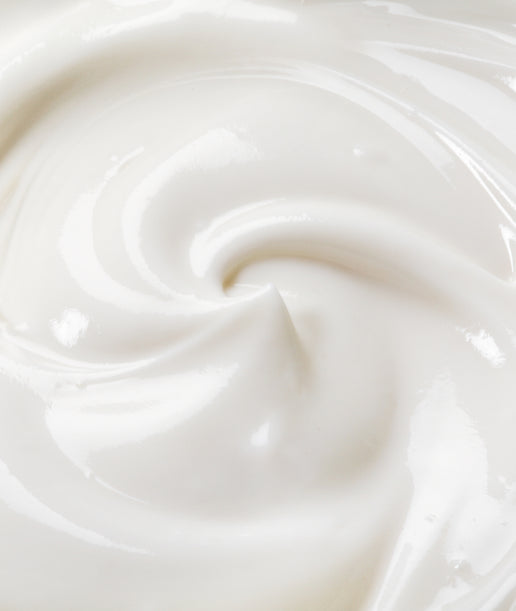
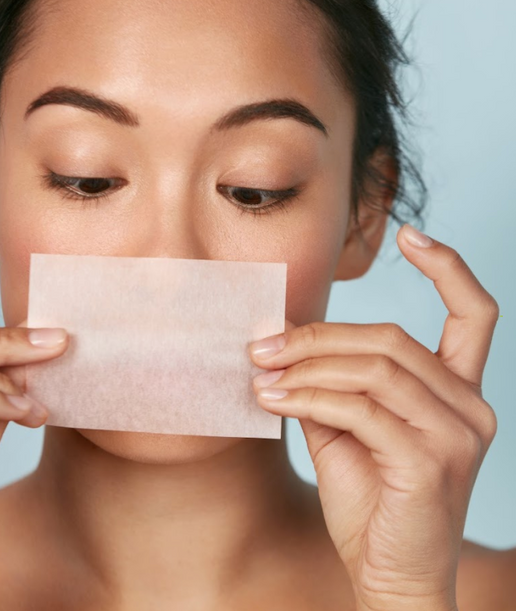
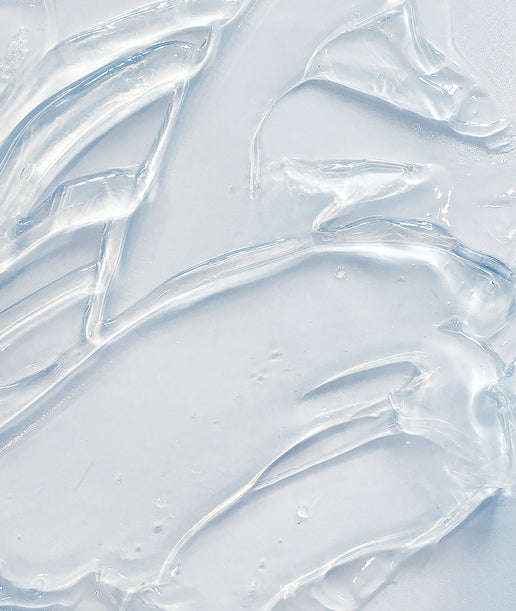
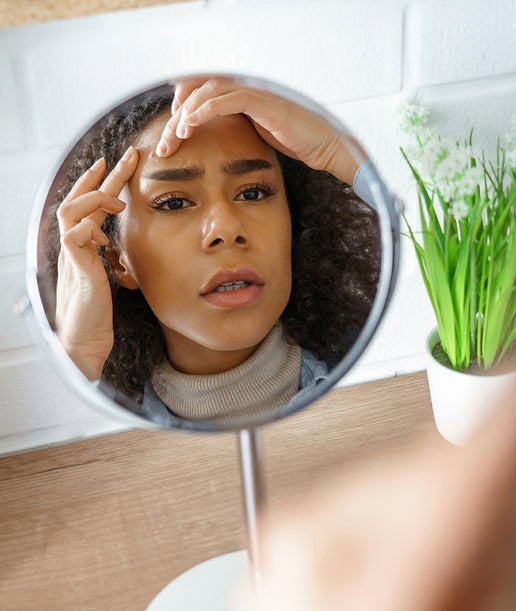
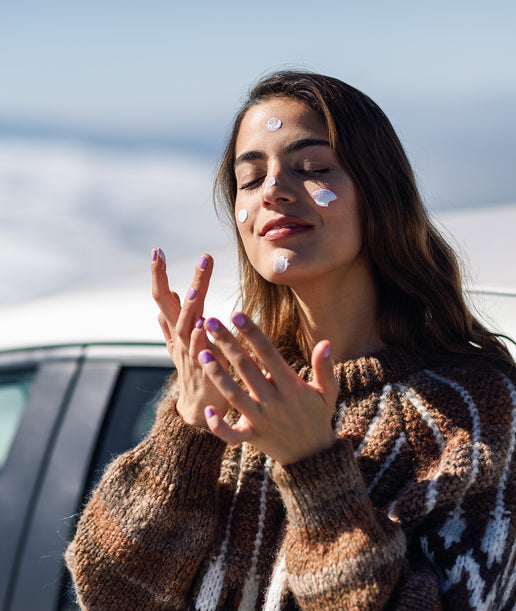
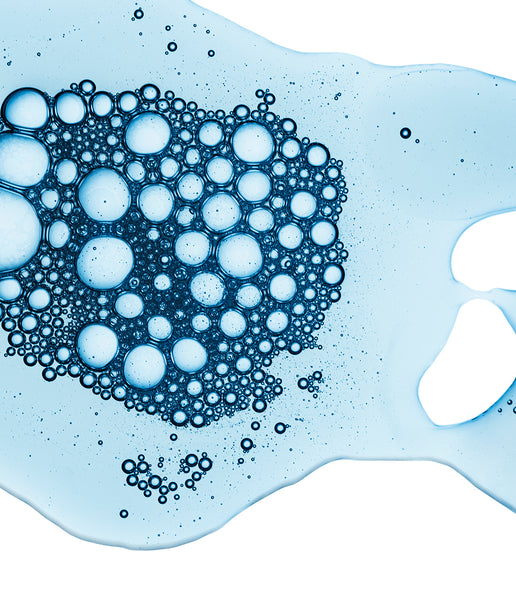
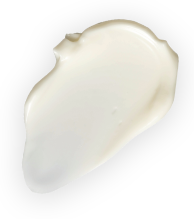 Unlock 15% off your first order
Unlock 15% off your first order